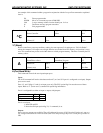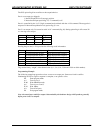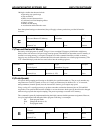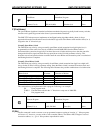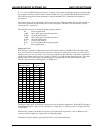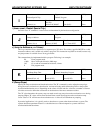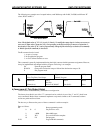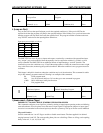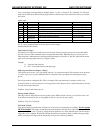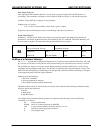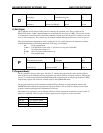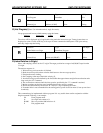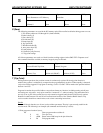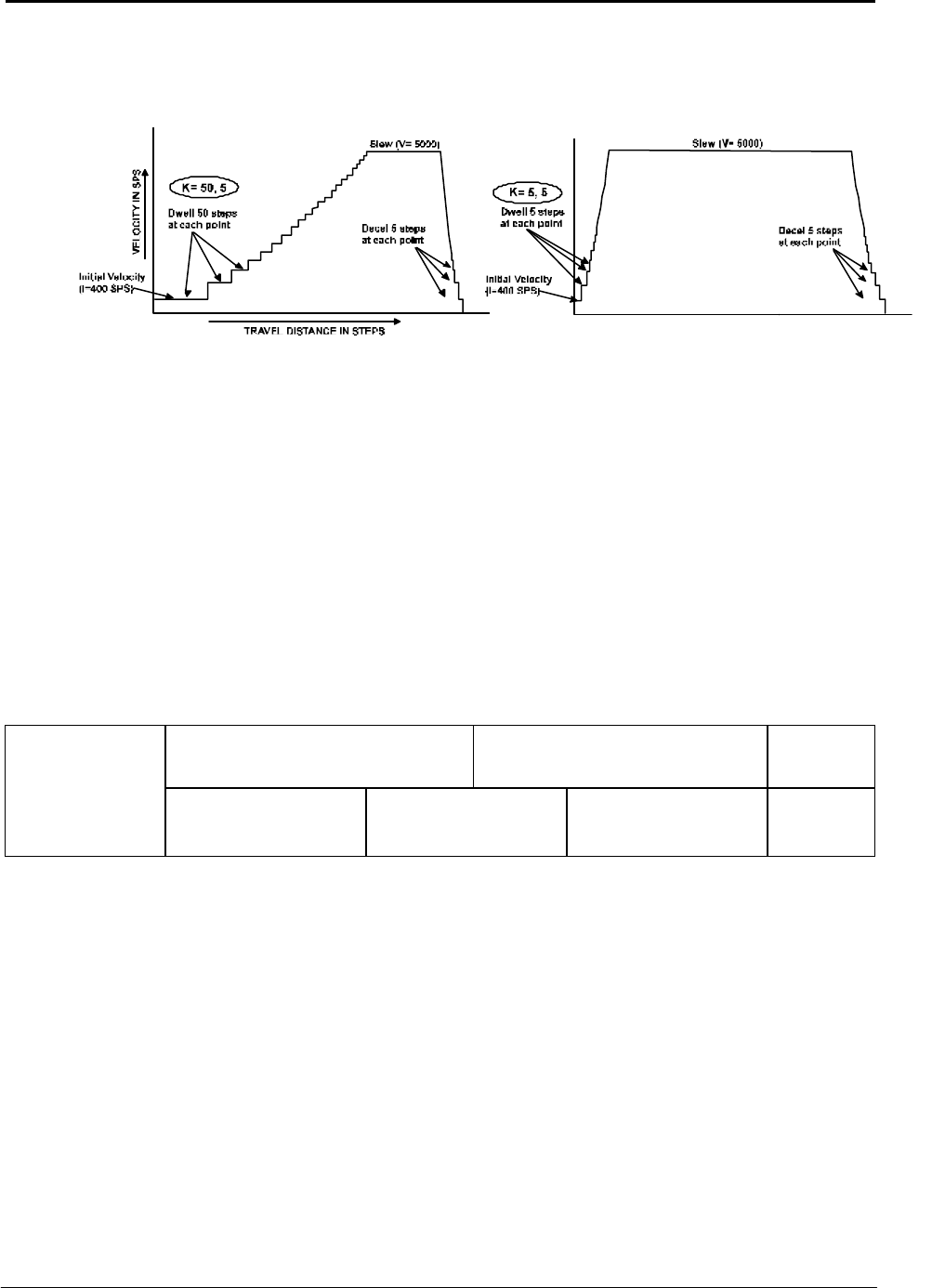
ADVANCED MICRO SYSTEMS, INC. SMC-27X2 SOFTWARE
42
The following two examples are of ramped indexes, each 2000 steps with I=400, V=5000, but different “K”
values; K50 5 and K5 5:
Note: The default value of "K" is 5 (Accel), 5 (Decel). To modify the ramp slope it is always necessary to
enter two (2) data values (from 0 to 255), corresponding to the desired slope for motor acceleration vs.
deceleration. The value of “K” can be proportionally changed if the microstep resolution (H command)
or Divide Speed (D command) is increased.
The K command can be issued:
1. As part of a setup.
2. In an application program.
3. As User defined defaults at reset.
This command is generally implemented during the initial customer default parameter assignment. However,
it may be implemented and changed within a program. Following, is an example:
P 0 Enter the program mode.
K 100 50 Change the acceleration ramp to 100 and the deceleration ramp to 50.
P Exit program mode.
Function Type NV Bytes
Next Trip Point, Port Output Default, Program 5
Command
k
Mnemonic
(Name) k (n)
Data 1
Next Trip
Position ±8,388,607
Data 2
Port (0-63)*
Result
None
k (lower case K; Trip Output Value)
*Actual values are determined by the hardware configuration.
The latency described in use of the “T” command can be avoided via use of the “i” and “k” (both lower
case) commands. Both of these commands implement a trip mode similar to the T command, but there
actions are performed in real time.
The best way to illustrate the power of these commands is with an example:
Enter as follows:
P 0 Start programming mode.
0 O 0 Set position to zero.
9 + 6000 Index 6000 steps.
13 W 0 Force wait till index complete.
16 P 0 End program.
P 128 Program RAM commands.



